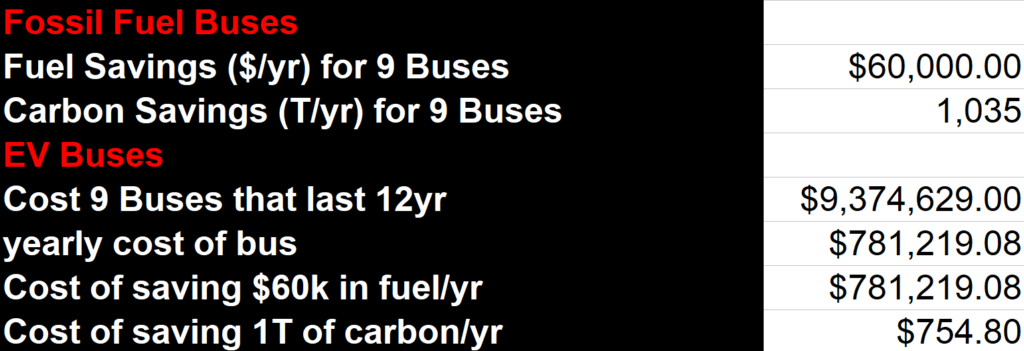Highway traffic congestion at rail crossings is an $200B problem across the US. It has an estimated $1.9B carbon footprint cost with the 39,000,000 tons a year are introduced into the atmosphere. In addition, fuel usage, operation costs, citizen frustration, logistics costs, safety concerns and delay to emergency responders are also impacted. Predictive Mobility is an innovative intelligent transportation system technology that offers the opportunity to provide immediate relief to the congestion challenges. The solution can be implement in just a few hours with no road closures.
The delays and congestion due to blocked crossings in Waukesha County have the following estimated impact:
- AADT(vehicles) 517,330.00 (29M/yr )
- Carbon Cost (ton/yr) 13,984
- Fuel ($/yr) $6,294,181.67
- Fire OPS ($/yr) $270,156.25
- Citizen Costs ($/yr) $35,247,417.33
- Supply Chain Costs ($/yr) $63,728,589.38
For more details on Analysis for Waukesha County see: Analysis
For a description of Predictive Mobility see: Predictive Mobility and the Video
We propose installation of the Predictive mobility solution on 21 of the highest impact crossings in the community that have the potential of reducing carbon footprint from this problem by 50%. Predictive Mobility provides advanced warning regarding blocked crossings with open/blocked times and suggested alternate routes. The advanced warning gives citizens and logistics the opportunity to avoid the frustration, costs, wasted time and safety exposure at blocked crossings. It offers emergency crews the ability avoid unnecessary operational costs and delays.
The Carbon Reduction Program funds projects that reduce transportation emissions. The proposed Predictive Mobility project meets eligibility in several areas:
- establishes a traffic monitoring solution
- provides advanced transportation and congestion management technology
- deploys infrastructure-based intelligent transportation management system
- reduces environmental and community impact due rail and highway freight movements
- alternate and intelligent transportation solutions described in Surface Transportation Block Grant eligibility
We propose implementing the solution with respected partners including but not limited to: TAPCO – installation and support of intelligent transportation solutions, SRF – analysis of carbon and congestion savings, AT&T – FirstNet cellular services. The project will involve installation, roll out and impact analysis of Predictive Mobility on 21 key grade level crossings.
Project costs will be split between Federal and Local Governments. The local governments will further split the costs between the county and 9 individual communities for the 21 crossings in the project. The communities will pay in proportion to the number of crossings in their community. Here are the current costs of rail crossing delays by community for the top 21 of 127 crossings in Waukesha County.

The carbon reduction Return on Investment (ROI) is substantial as compared to other municipal carbon reduction projects like electric buses. For a city deploying 9 electric buses the ROI may look like1:

The ROI of using LinqThingz in a similar city with 18 crossings and a population of 77,000 looks like2:

Summary: Rail congestion in Waukesha County is responsible for 14,000 Tons of Carbon injected into the atmosphere. Implementing Predictive Mobility to reduce congestion can have a 63 times better ROI that implementing Electric Vehicles. In addition, congestion reduction reduces emergency operational costs, reduces citizens and logistics costs, and improves emergency response times.
End Notes:
1) Carbon savings from electric vehicles assumes electricity comes from renewable sources. In fact, most electricity comes from coal-burning power plants.
2) Congestion savings assumes 100% utilization. Digital solutions can easily be scaled and have viral adaptation with proper social and standard marketing behind them.
